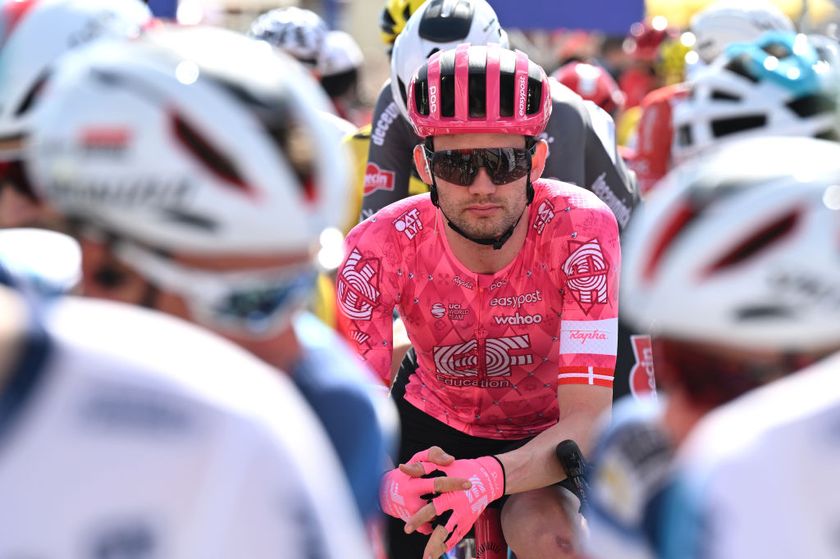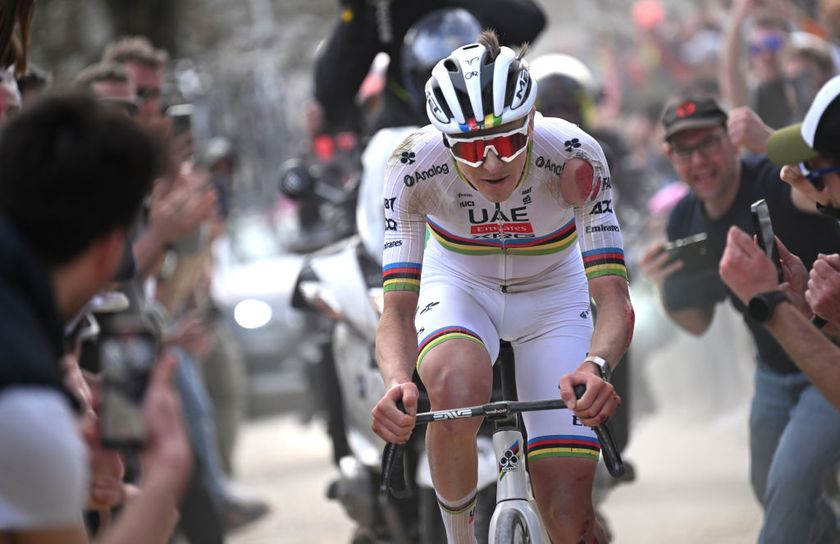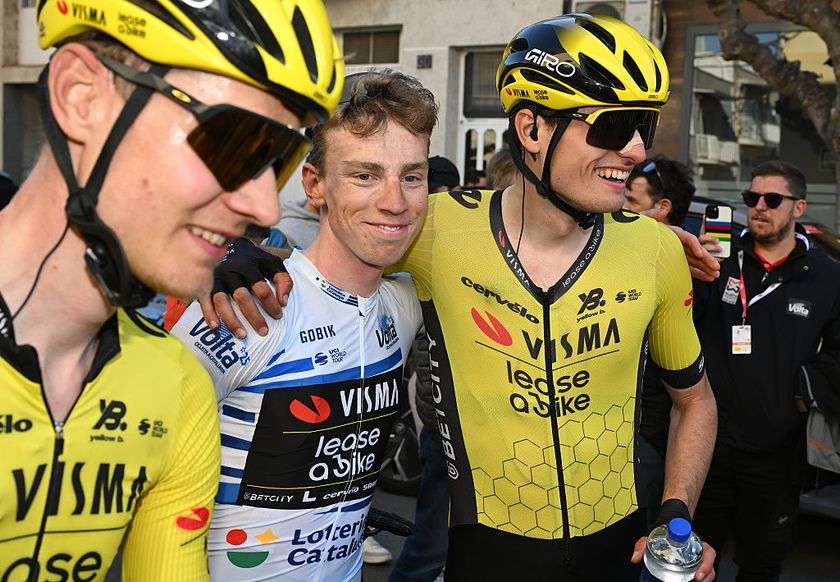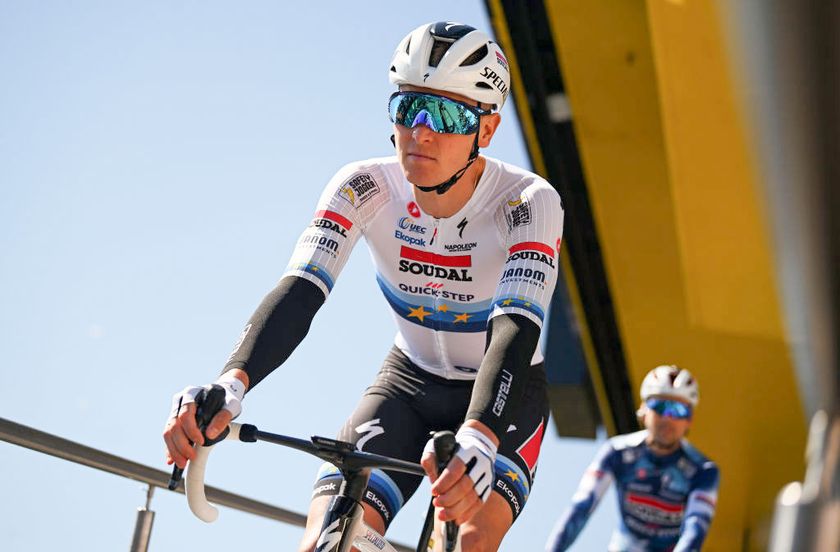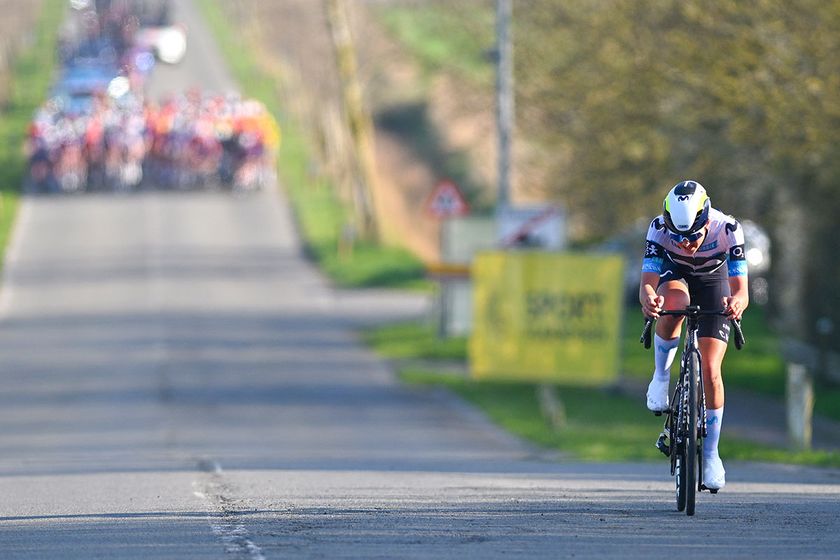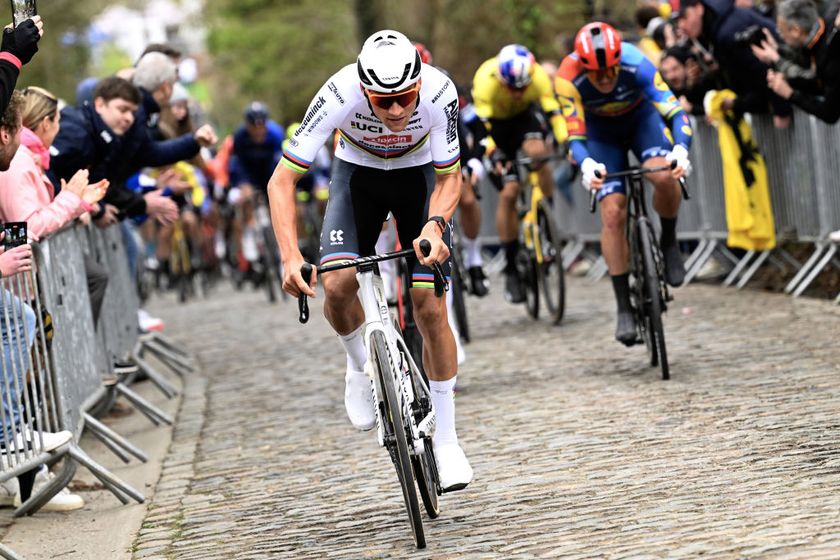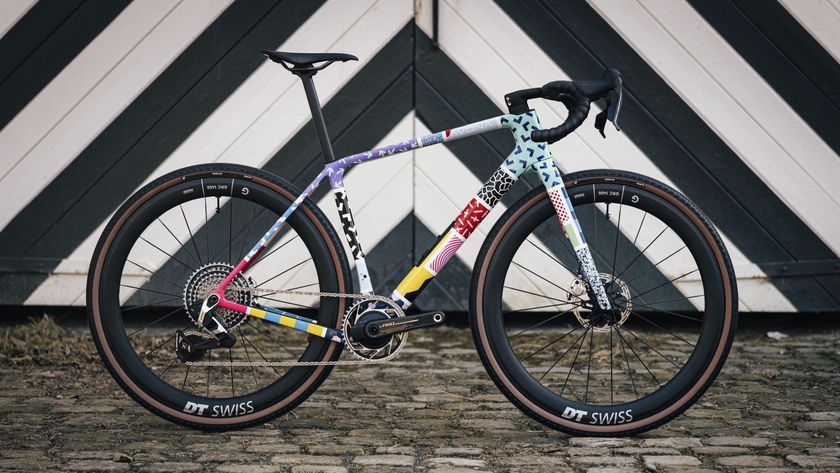Giro d'Italia: Passo Gavia removed due to avalanche threat
'The weather will get worse and there's a major risk of avalanches and ice' says race director






The Passo Gavia has been removed from Tuesday’s queen stage of the Giro d'Italia to Ponte di Legno, with race director Mauro Vegni confirming that the risk of further snow, avalanches and ice-covered roads made it too risky to cover the highest climb of this year's race.
2019 Giro Rosa route features summit finishes at Gavia and Malga Montasio
Giro d'Italia double Mortirolo ascent unlikely in event of Gavia cancellation
Authorities working to clear Gavia of snow ahead of Giro d'Italia queen stage
Giro d'Italia: Risk of avalanches likely to end hopes of climbing the Gavia
Local authorities have been working day and night to cut a passage through huge banks of snow, with a meeting planned for Monday to make a final decision. The 1988 Giro d’Italia covered the Passo Gavia in a snowstorm, with US rider Andy Hampsten going on to win the Giro d’Italia. However, new safety laws in Italy and the UCI Extreme Weather Protocol make it impossible to expose the riders to similar conditions.
Vegni preferred to make an early decision, knowing that the weather was expected to worsen over the weekend and to give his organisational team and the teams to prepare for the stage.
"As all the talk was, ‘Gavia yes or no?’ We’ve decided to make a decision now. With the forecast predicting worsening conditions, we can’t go over the Gavia," Vegni said in a hastily organised press conference at the race headquarters in Courmayeur.
"The weather will get worse and there's a major risk of avalanches and of ice on the roads."
A new route, a new Cima Coppi climb
The loss of the Passo Gavia forced Giro d'Italia organisers RCS Sport to look for a new route and new climb. They have designed a 194km stage with a series of smaller climbs early on and then a single climb of the Mortirolo as planned. A double assault of the 11.9km, 10.9 per cent Mortirolo was impossible.
The 2618 metre high Passo Gavia was to award the Cima Coppi prize as the highest climb of this year’s Giro d’Italia. The Cima Coppi will now be awarded to the first rider to the summit of the 2,047 metre Passo Manghen on stage 20.
Get The Leadout Newsletter
The latest race content, interviews, features, reviews and expert buying guides, direct to your inbox!
"To avoid a double climb of the Mortirolo and of course the Gavia, the stage will be about 190km long and there will still be 4,800 metres of climbing,” Vegni explained.
"The stage will change significantly. After leaving Lovere, we’ll cover the Cevo climb, then return to Edolo, head up to Aprica via the harder back road, then climb pass through Stazzona to reach Mazzo before climbing the Mortirolo and going on to finish as planned in Ponte di Legno.
"The stage won’t be the same, but we’ve tried to make it hard with the inclusion of the Cevo. We’ve never covered it before in the Giro. It’s 10km long and we go up to 1,054 metre with 600 metres or so of altitude at six per cent. It’s there to increase the amount of climbing.
"We couldn’t do double ascent of the Mortirolo because its make the stage far too long," Vegni said. "There’s a lot of road between the two climbs. We think our choice of climbs is better than doing the Mortirolo twice."
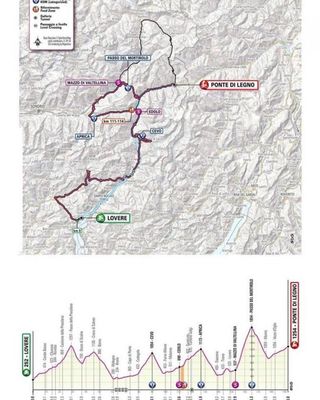

Stephen is one of the most experienced member of the Cyclingnews team, having reported on professional cycling since 1994. He has been Head of News at Cyclingnews since 2022, before which he held the position of European editor since 2012 and previously worked for Reuters, Shift Active Media, and CyclingWeekly, among other publications.
